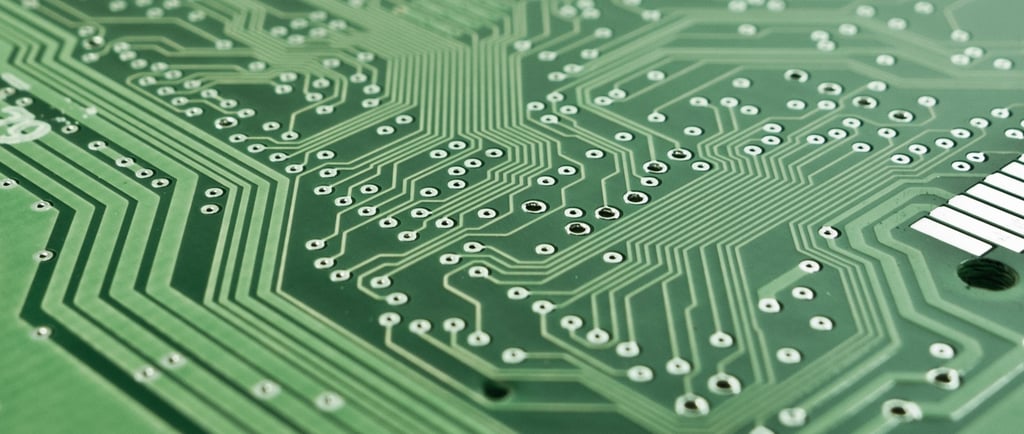Space Communication
Technologies Behind Space Communication
TECHNOLOGY


Space Communication
When we think about space exploration, images of astronauts floating in zero gravity and sleek spacecraft soaring through the stars often come to mind. Yet, one critical aspect that keeps this adventure alive is communication. Space communication refers to the technologies and systems that facilitate the transmission of data between a spacecraft and Earth.
Radio Wave Transmission
The most widely used method of communication in space is through radio waves. These electromagnetic waves travel at the speed of light, making them an efficient choice for sending signals over vast distances. Each spacecraft is equipped with antennas that send and receive radio signals. On Earth, large ground stations, often referred to as “tracking stations,” are set up to facilitate this communication. The Deep Space Network (DSN), managed by NASA, consists of large antennas strategically located around the world to maintain contact with travelling spacecraft. The critical advantage of radio wave transmission is that it can penetrate the atmospheres of planets and transmit data even when obstacles, such as planetary surfaces, block the line of sight.
Advanced Technologies
As technology has rapidly evolved, the methods for space communication have become more sophisticated. One such advancement is the use of lasers for data transmission, known as laser communication. This technique allows for higher data rates compared to traditional radio frequencies and has the potential for efficient communication over interplanetary distances. Laser communications offer data transmission capabilities that are orders of magnitude faster than conventional radio transmissions, making it an exciting option for future missions!
Another innovative technology is the use of communication relays. To boost signals coming from distant spacecraft or to reach destinations far beyond Earth, relay satellites are employed. For instance, the Mars Reconnaissance Orbiter acts as a relay between Martian rovers and Earth, ensuring smooth data transmission despite the distance and obstacles between them. This layered approach enhances the reliability of communications in deep space missions.
While space communication technologies have made incredible advances, they are not without challenges. One major hurdle is the delay in signal transmission. For example, it takes about 20 minutes for a signal to travel from Mars to Earth and vice versa. This delay presents complications for real-time communication, making it vital for spacecraft to operate autonomously. On top of that, the vast distances and electromagnetic interference in space can also disrupt signals, which necessitates robust systems to ensure data integrity.
In conclusion, space communication is a technical marvel that enables humanity to explore the cosmos. With technologies like radio wave transmission, laser communication, and communication relays, scientists and engineers maintain contact with spacecraft venturing into the final frontier. Although challenges remain, the future of space communication holds exciting prospects for enhancing our understanding of the universe.
